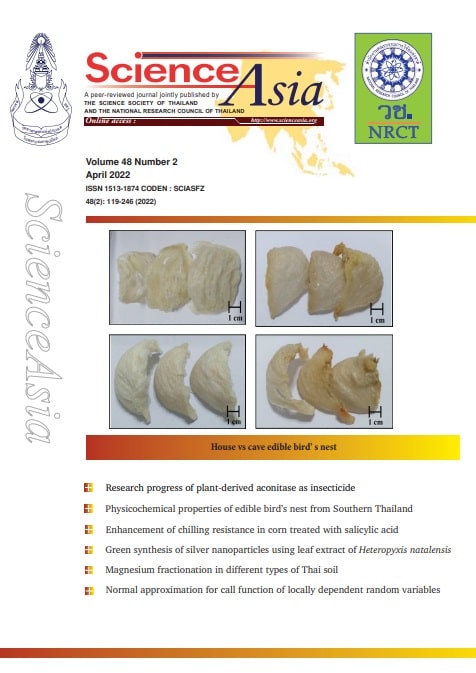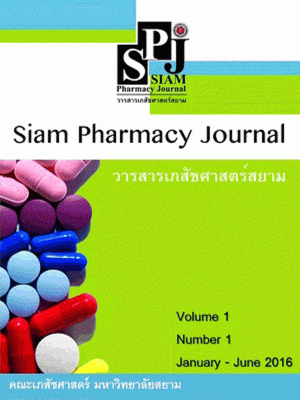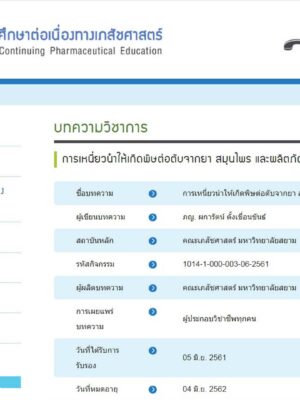Abstract
Modified coconut oil (MCO) enriched with monolaurin (ML) was prepared by the glycerolysis of coconut oil [1]. Glycerolysis converts dilaurin (DL) and trilaurin (TL) into ML, the lauric acidmonoglyceride. ML has been found to have antiviral, antibacterial and antifungal activities[2]. According to the antimicrobial activity, the glyceride composition of MCO was determined. The concentrations of ML, DL, and TL in MCO were analyzed using high-performance liquid chromatography–evaporative light scattering detector (HPLC–ELSD).
The HPLC–ELSD analyses were performed using an HPLC 1200 series equipped with an ELSD and a ZORBAX Eclipse Plus C18 column (4.6 × 250 mm, 5 µm) from Agilent Technologies Inc. The mobile phase consisted of 0.01% (v/v) acetic acid in acetonitrile(solvent A) and acetone (solvent B) and was degassed by ultrasonic bath prior to use. The HPLC column temperature was 25 °C. The mobile phase was maintained at a flow rate of 1.0 ml/min with the following gradient condition: solvent A:solvent B (90:10 v/v) from 0 to 5 min to solvent A:solvent B (70:30 v/v) from 5 to 10 min to solvent A:solvent B (50:50 v/v) from 10 to 15 min to solvent A:solvent B (30:70 v/v) from 15 to 20 min to solvent A:solvent B (20:80 v/v), and then held for 10 min. The equilibration time between runs was 10 min and the injection volume used was 10 µl. The temperature of the nebulization was set at 40 °C and nitrogen gas was 3.5 bar.
The ELSD were capable of a linear response (R2 > 0.9995) independent of individual glyceride molecular structures at concentrations between ~0.02 and 0.40 mg/ml. Intra- and inter-day reproducibility (n = 5) were evaluated under the optimized conditions. The relative standard deviations for glycerides were less than 2.45%. The detection limits (LODs) and the quantification limits (LOQs) were lower than 0.054 and 0.162 mg/ml, respectively. The efficiency of this method, measured through the recoveries, was higher than 96.06%. The elution order of the standards was ML < DL < TL as shown in Fig. 1. The DL and TL standards eluted after the ML standard, indicating that the hydroxyl moiety on the glycerol backbone contributed significantly to retention. The concentrations of ML, DL, and TL of MCO derived from various conditions of glycerolysis were in the ranges of 102.70–247.25 mg/ml (ML), 52.65–79.87 mg/ml (DL), and 12.27–39.60 mg/ml (TL).
Keywords: Monolaurin, Dilaurin, Trilaurin, Modified coconut oil, HPLC–ELSD
Link to Publication: https://www.sciencedirect.com/science/article/pii/S1818087615001889
Bibliography : Juthaporn Ponphaiboon, Sirikarn Pengon, Amornrat Chaidedgumjorn, Sontaya Limmatvapirat and Chutima Limmatvapirat. (2016). Determination of mono-, di-, and trilaurin in modified coconut oil using HPLC–ELSD. Asian Journal of Pharmaceutical Sciences, 11(1), 223-224. (conference abstract).






